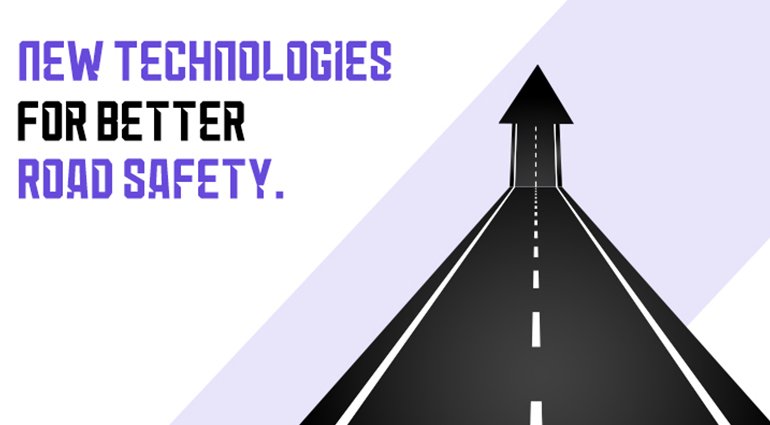New Technologies For Better Road Safety.

In the last few years, the world has witnessed a rapid and significant development of road transport technologies. These include safety technologies, advanced traveler information systems, and convenience and Safety and Rapid Response systems. The entire ecosystem of Road Safety has transformed. India has the second-largest road network in the world, spanning a total of 5.89 million kilometers. This road network transports 64.5% of all goods in the country. 90% of India’s total passenger traffic uses the road network to commute. Road safety is crucial and the Government intends to leverage technology for augmenting the safety of citizens. The technology enables you to control traffic, catch the lawbreakers, and provide road safety.
In the current time, road crashes exact a tremendous human and societal toll in almost every country. Recently, much attention has been paid to the development of intelligent transport systems (ITS) that can improve the safety and efficiency of road transport while improving user comfort t and convenience.
Countries have been involved in developing or deploying these technologies to some extent. As this process has moved forward, a great deal of information has been developed concerning the benefits that can be realised over time with the full deployment of ITS. Among other things, safety benefits have been measured or estimated for a wide variety of technologies.
Akhilesh Srivastava- Ex NHAI and Currently Project Head For Road Safety 2.0 in World Economic Forum and Ex-Chief General Manager (Highway Operations & IT), NHAI shared that an estimated 1.35 million people die on the world’s roads every year, and a further 50 million are left seriously injured. India ranks worst in the world with 11% of global road fatalities, taking a life every four minutes. Akhilesh Srivastava emphasized that these road mishaps cause an immense cost to economies and great trauma to societies, road accidents have always constituted one of the top priorities in transportation research. However, a particular element that makes road safety research an even higher priority at this current point in time is the fact that both the concept and technology of transportation are rapidly evolving. Akhilesh Srivastava, speaking for Technology-driven Road Safety 2.0 mentioned new challenges, as well as new opportunities, for the researchers and practitioners of road safety. Therefore, it is expected that the landscape of this research will transform rapidly over the coming years.
The emergence of driving automation and connected transportation systems are only a few dimensions in which advanced technology is expected to make significant changes to road safety. These changes, however, may also embody new safety problems that did not exist before these developments. On the other hand, these technological advancements have offered new methods for researchers to enhance their experimentation and data collection capabilities.
Akhilesh Srivastava stated that the purpose of Technology-driven Road Safety 2.0 is to help better understand how emerging technologies will impact the practice and research of road safety. The focus is on these three dimensions: (i) the impact of emerging technologies on reducing the number of crashes or crash severity, (ii) potential new safety risks/issues that may be introduced by an evolving road system (and potential solutions to those), and (iii) benefits that advanced technology can offer to road safety researchers.



